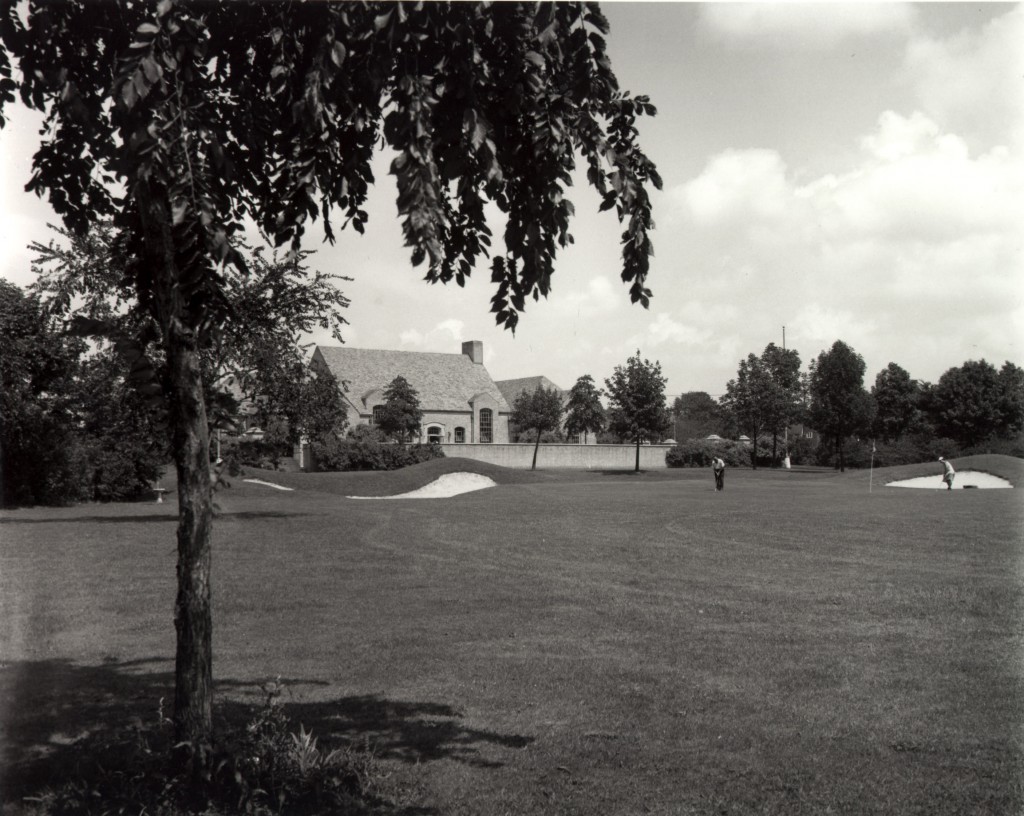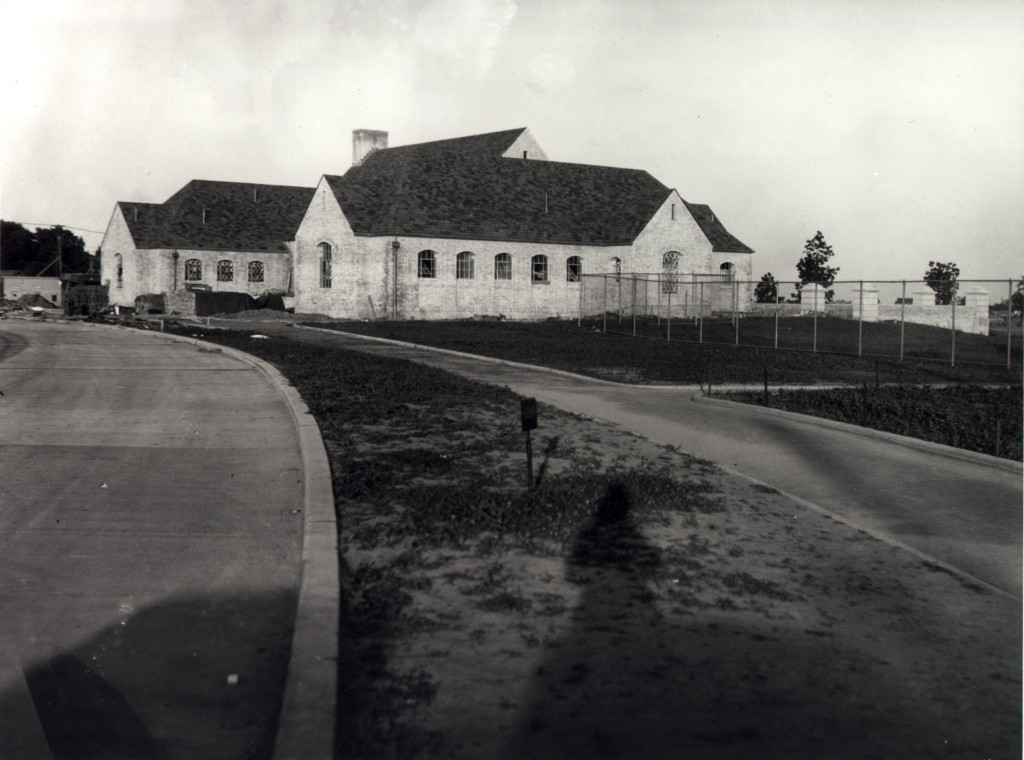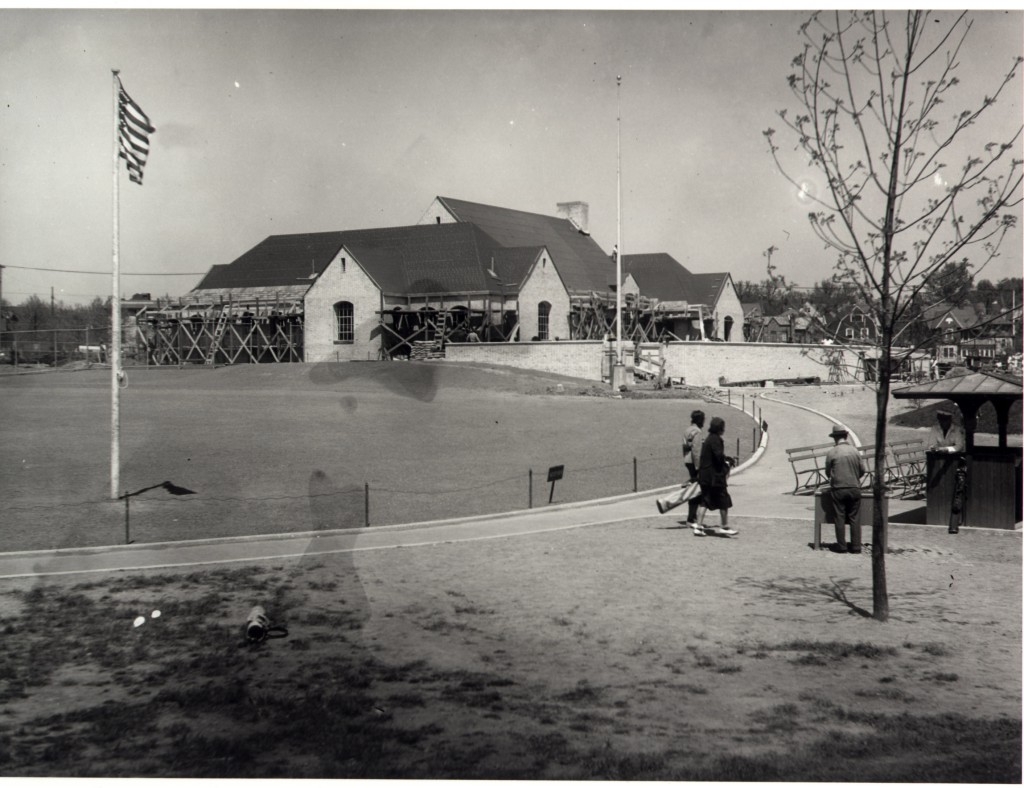
http://offsecnewbie.com/2018/04/11/poison-hack-the-box?amp=1 Clubhouse, Dyker Beach Golf Course, 1930s. At the right edge of the image is the old starter’s booth, near the first tee.
Dyker Beach Golf Course, where my friends and I played on New Year’s Day, was designed in the late 1890s by Thomas Bendelow and reworked in 1935 by John Van Kleek. Van Kleek was a prominent golf architect who fell on hard times after the Crash and was hired by Robert Moses to oversee a major citywide golf project, which was eventually funded by the Works Progress Administration. (Van Kleek is responsible for the three best courses inside the city limits: La Tourette, in Staten Island; Split Rock, in the Bronx; and Dyker. He also redesigned Split Rock’s sister course, Pelham Bay, in 1934.) The photo above shows Dyker’s clubhouse under construction, in the 1930s; the photo below shows it completed, not long afterward.
The green you see in the photo above is the second. The photo below shows what the same green and the clubhouse look like from a somewhat similar angle today. The tee on the right is the third:
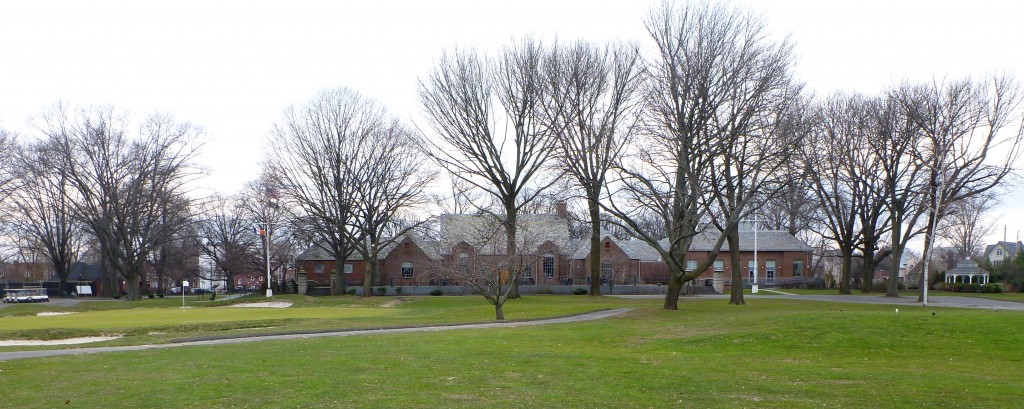
Clubhouse, second green, and third tee, Dyker Beach Golf Course, 2013. The red-brick wing on the far right-hand side of the clubhouse, visible through the trees, was added a few years ago, during a major renovation. The slates on the main roof are mostly original.
On a crisp but snow-less Sunday morning in February, 2005, Hacker (real name) and I drove to Brooklyn for a bonus round at Dyker. We stopped in Westchester to buy gas and doughnuts, and as I was filling my tank I noticed a guy at another pump who was wearing golf shoes: a brother. Traffic was light, and we arrived long before our tee time. We drank coffee in Dyker’s clubhouse, most of which hadn’t been renovated since the 1930s, and ran into Terry Byrne, who was the president of the Shore View Golf Club, a group of a hundred and forty men who play most of their golf at Dyker. The club is six years older than the clubhouse. Its members include carpenters, cops, lawyers, firefighters, accountants, masons, city employees—a typical mix for a New York City golf course. (Byrne, whose parents were born in Ireland, was—and may still be—a plumbing supervisor for the New York City Housing Authority.) Shore View used to have a dark, dank, semi-secret meeting-and-card room in a back corner of the clubhouse, but it disappeared during the renovation.
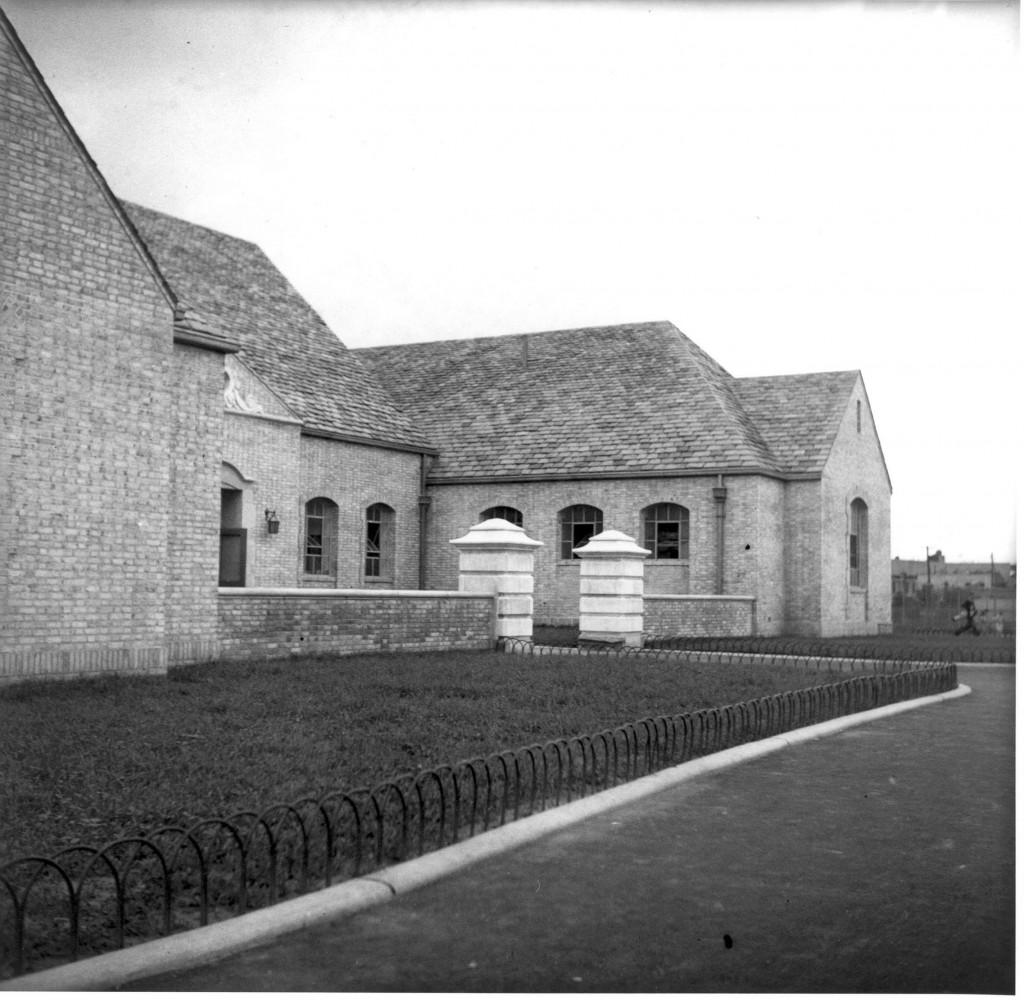
Another view of the Dyker clubhouse in the 1930s. Page Ayres Cowley, the architect who designed the renovation and expansion of the building, described it to me, accurately, as “a French-inspired gentleman’s house.”
Just before nine o’clock, the starter put Hacker and me with a Manhattan structural engineer who had moved to this country from Italy twenty years before and took up golf in 2004, and a grumbling Brooklyn guy. There are linguistically distinct ancient tribes in the Kalahari Desert region whose members are known as the click-speaking people of southern Africa, and there are linguistically distinct ancient tribes in the Brooklyn region whose members could be known as the fuck-speaking people of New York—and this guy was one of those. “Where the fuck is my ball? I don’t mind losing a ball if I hit it in the fuckin’ woods, but that drive was right up the fuckin’ middle of the fuckin’ fairway. What the fuck!” We got along great, however. And two days later, Hacker and I played two more rounds in the city, at Van Cortlandt Golf Course, in the Bronx, and Clearview Park Golf Course, in Queens.

